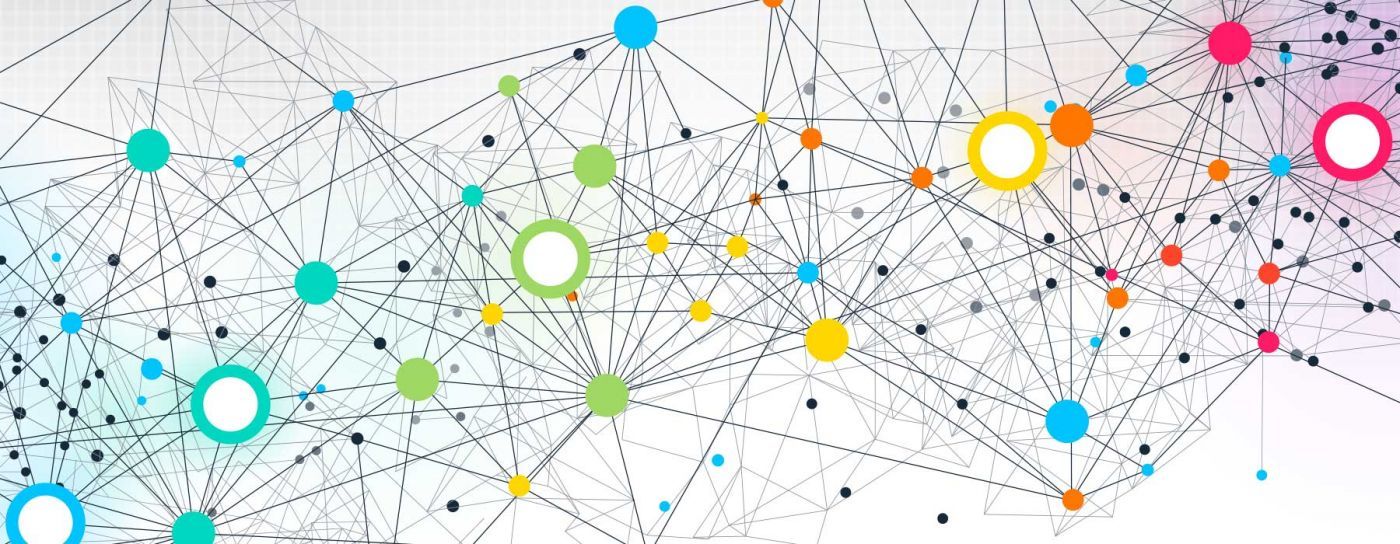Interpreting network and quantitative data in the TRANSGENE project
Media
Image

Blog content
From the beginning of the TRANSGENE project, we have compiled datasets detailing DNA sequence submissions from different institutions, lists of publications derived from those sequence submissions, conducted oral history interviews and examined personal and institutional archives. As we have done these in parallel, each has aided us in our interpretation and contextualisation of the other, helping us to formulate new questions and narratives.
For example, inspection of the published literature on pig genome mapping and sequencing, as well as the institutional archives of the Roslin Institute and Roslin scientist Alan Archibald’s personal archive at the University of Edinburgh, allowed us to discern a set of institutions in Europe, the USA, Japan and Korea that were heavily involved in projects to systematically map and sequence the pig genome. These institutions were predominantly agricultural in their intended translational goals and funding. The production of co-authorship networks derived from publications that were the first description of a given DNA sequence submitted to the European Nucleotide Archive, a publicly-available database, generally confirmed the central role of these institutions in pig genomics.
Beyond this, however, our interrogation of the networks revealed additional key institutions, patterns of collaboration and forms of work. Additionally, it suggested that some institutions had a role and significance in collaborative pig genomics research that we had not fully appreciated on the basis of the literature and archives previously consulted. The units of the French national agronomic research institute (INRA) were examples of this. This led us to conduct fieldwork at two Paris laboratories, which led us in turn to two new datasets, one concerning the recipients of clones from a DNA library produced there, another being a record of mapped markers using a radiation hybrid panel that was created through a collaboration between a group in the US (who moved from the University of Minnesota to the University of Illinois at Urbana-Champaign) with the INRA centre in Toulouse. It also enriched our narratives of pig genomics by highlighting Paris-based research on immunogenetics and xenotransplantation, and pig genetic diversity (see this previous blog post for an illustration of a similar process for the human and yeast strands of the project).
Each source is partial in its own way, and this is as true of the catalogued archives and personal archives as our exhaustively compiled datasets of DNA sequence submissions and publications. The Roslin Institute archives necessarily foreground the kinds of research and collaborative relationships that were entered into by them, colouring subsequent interpretations in the light of these. The datasets and the networks we derived from them can allow us to recover kinds of research and institutions that we might otherwise miss. These, however, only capture genomics research that involved a submission of sequence to a public database, and the first published use of a sequence.
One of the main challenges of our project has been to develop a way to use mixed – quantitative, network-based and qualitative – methods to compensate for the blindspots of each individual source by relation to the other sources. This has required us to acutely assess the shortcomings of each source, and to evaluate the narratives that each considers. The use, collection and development of multiple sources of different kinds, and the adoption and shuttling between different methods, is the predominant way we have attempted to identify and produce new narratives of genomics while ameliorating these shortcomings.
